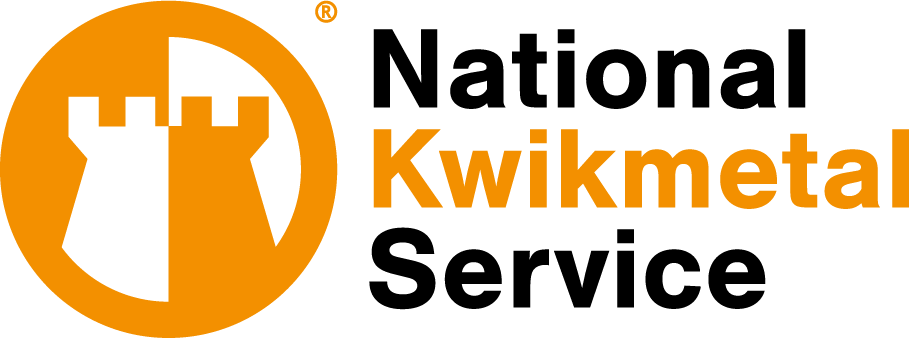
Slit metal coil is used in numerous applications — from HVAC ducts, to roof drainpipes, to architectural trim, to lighting fixtures, and more. However, while the process of slitting metal may seem fairly straightforward at first, there are numerous steps where it could go wrong. In this article, we’re going to provide a brief overview of the process and the problems that may occur during manufacturing.
The metal slitting process can be broken down into four different components. At first, you have the rollover. As the knives come into contact with the material that is being slit, the area where the material meets the machinery becomes deformed. This area is known as the rollover. The burnish is the second component of the process, which becomes evident at the edge of the strip that is sheared.
The separation occurs in the material when the compressive force exceeds its tensile strength. A fracture is formed, which is the third component of the process. The fracture is an interesting component, because you have very little control over the fracture during the slitting process, and the material will fracture at an angle of 7 to 9.
The fourth and final component is known as the burr. The burr is created through the compression that displaces the material, and it is found on the opposite edge from the rollover. A burr is much more likely to occur if the slitter knives are poorly set up or are not sharp enough, because the machine will require a higher amount of compression in order to fracture the material.
Balancing these four components is key to proper stainless steel and aluminum in such areas like California., Several problems that can result from poor set-up procedures. Perhaps the most common mistakes to occur during slitting is not having enough horizontal clearance. This will force the machine to work with a less than normal fracture zone, and a deeper shear zone, which can result in burrs, cambers, and a faster dulling of the shearing knives. A double fracture may also occur, and if this becomes noticeable during the slitting process, the knives will have to over-penetrate the material in order to correct this error. Of course, this means that knives will be used up much faster, and the cost of manufacture/production time goes up.
On the opposite end of the spectrum, you can have too much horizontal clearance. In this case, instead of shearing the material, the knives are tearing it apart. This will create a heavy rollover, and an almost non-existent shear zone. When operating in this manner, the knives tend to chip due to the higher-pressure load on the blade’s edge. Once again, the cost and duration of the production process goes up.
As you can see, there are many factors that can influence the quality of the final slit. If the material and machinery are improperly set up, the slit material will likely have numerous production defects. In order to avoid this, it’s important to work with a provider that meets certain quality standards, such as those set by the American Society for Testing and Materials (ASTM) for grade, gauge, width, finish, camber, and more.
At NKS, we offer slitting services for stainless steel and aluminum in the Los Angeles, California area for both small and large quantities, supplying clients from our strategically located facilities. With over 30 years of experience, we know how to keep costs down without sacrificing quality. If you would like to know more about our services, products, or quality standards, contact us today. Our team looks forward to answering any questions you may have!
Toll Free: 800-722-5029
Phone: 847-257-6570
Phone: 442-980-0611
Phone: 615-793-4700
Toll Free: 800-722-5029
Phone: 442-980-0611